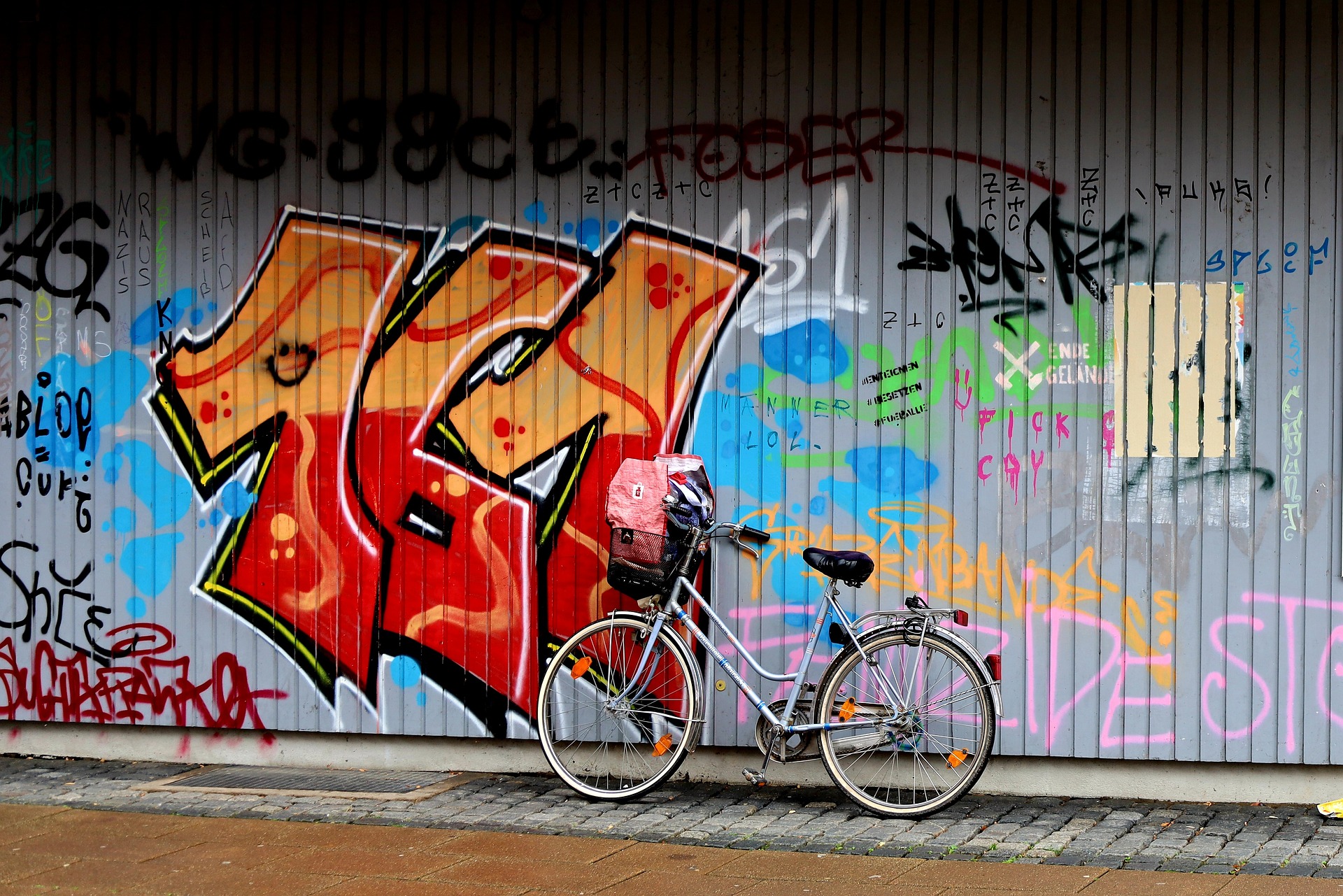Redefining Public Spaces: The Urban Knitting Revolution
In a world where digital connectivity often overshadows physical interaction, an unexpected movement is weaving its way through city streets. Urban knitting, also known as yarn bombing, is transforming public spaces into vibrant canvases of color and texture. This grassroots phenomenon marries traditional craft with guerrilla art, challenging perceptions of community engagement and urban aesthetics.
Stitching Communities Together
At its core, urban knitting is about more than just decorating public spaces. It’s a powerful tool for community building and social cohesion. Knitting groups, often called stitch and bitch circles, bring together people of all ages and backgrounds to create collaborative projects. These gatherings foster intergenerational connections and provide a platform for sharing skills and stories.
The Psychology of Soft Vandalism
Psychologists have noted the unique impact of urban knitting on public perception. Unlike harsh graffiti or cold metal sculptures, the soft, tactile nature of yarn installations creates a sense of comfort and whimsy in urban environments. This gentle form of intervention, sometimes called soft vandalism, can reduce stress and promote feelings of well-being among city dwellers.
Challenging Gender Norms and Craft Perceptions
Urban knitting challenges traditional notions of both street art and crafting. Historically, street art has been male-dominated, while knitting was often seen as a female domestic activity. By bringing knitting into public spaces, yarn bombers blur these gender lines and elevate craft to the status of fine art. This shift has sparked important conversations about the value of traditionally feminine skills in contemporary society.
Environmental Considerations and Sustainability
As the movement grows, so does the conversation around its environmental impact. Critics argue that yarn bombing can contribute to microplastic pollution when synthetic fibers break down. In response, many urban knitters have shifted towards using biodegradable materials like wool or cotton. Some groups even repurpose old textiles, turning urban knitting into a form of creative recycling.
The Legal Gray Area of Fiber Art
The legality of urban knitting varies widely between jurisdictions. While some cities embrace it as public art, others view it as a form of vandalism. This legal ambiguity has led to interesting discussions about the nature of public space and who has the right to modify it. In some cases, yarn bombing has even been used as a form of peaceful protest against urban development policies.
From Guerrilla Art to Commissioned Installations
As urban knitting gains recognition, it’s transitioning from guerrilla art to commissioned public works. Cities and cultural institutions are increasingly inviting yarn bombers to create official installations. This shift raises questions about the authenticity of the movement and whether institutionalization dilutes its grassroots spirit. However, it also provides opportunities for artists to create larger, more ambitious projects with community support.
The Digital Thread: Social Media and Global Connections
Social media has played a crucial role in the spread of urban knitting. Platforms like Instagram and Pinterest allow yarn bombers to share their work globally, inspiring others and fostering international collaborations. Online communities have formed around urban knitting, facilitating knowledge exchange and coordinating worldwide events like International Yarn Bombing Day.
Measuring the Social Impact
Sociologists are beginning to study the long-term effects of urban knitting on communities. Preliminary findings suggest that areas with active yarn bombing scenes experience increased social interaction and a stronger sense of place. These soft interventions seem to encourage people to pause, touch, and engage with their environment in new ways, potentially leading to greater civic engagement.
The Future of Fiber in Public Spaces
As urban knitting continues to evolve, it’s likely to intersect with other forms of public art and technology. Some artists are already experimenting with conductive threads to create interactive textile installations. Others are exploring the use of augmented reality to enhance yarn bombed spaces. These innovations point to a future where the lines between digital and physical public art become increasingly blurred.
In conclusion, urban knitting represents a soft revolution in the way we interact with and perceive our public spaces. By transforming cold urban surfaces into warm, tactile experiences, yarn bombers are not just decorating cities – they’re knitting together the fabric of communities. As this movement continues to grow and adapt, it challenges us to reconsider the potential of public spaces and the power of collective creativity in shaping our shared urban experience.






